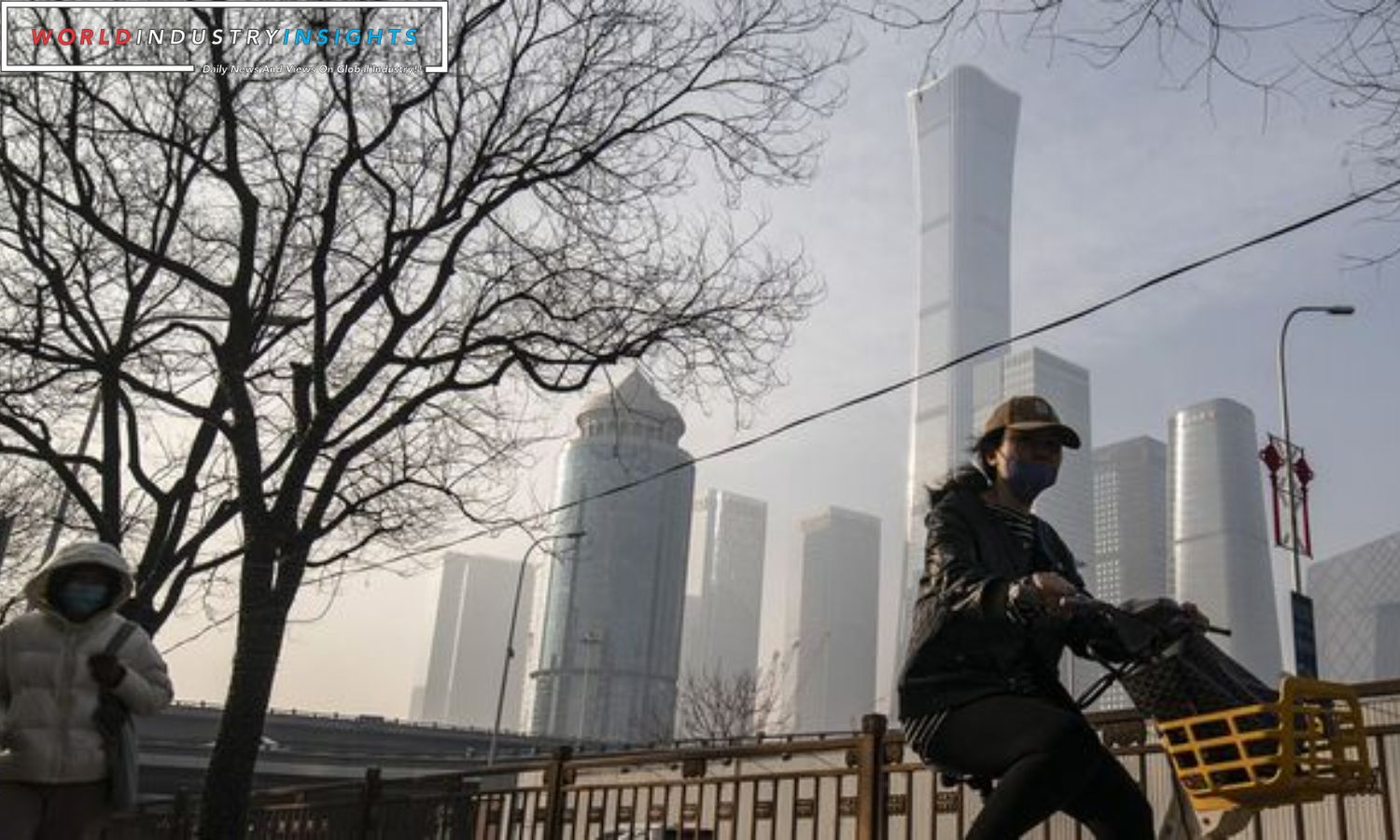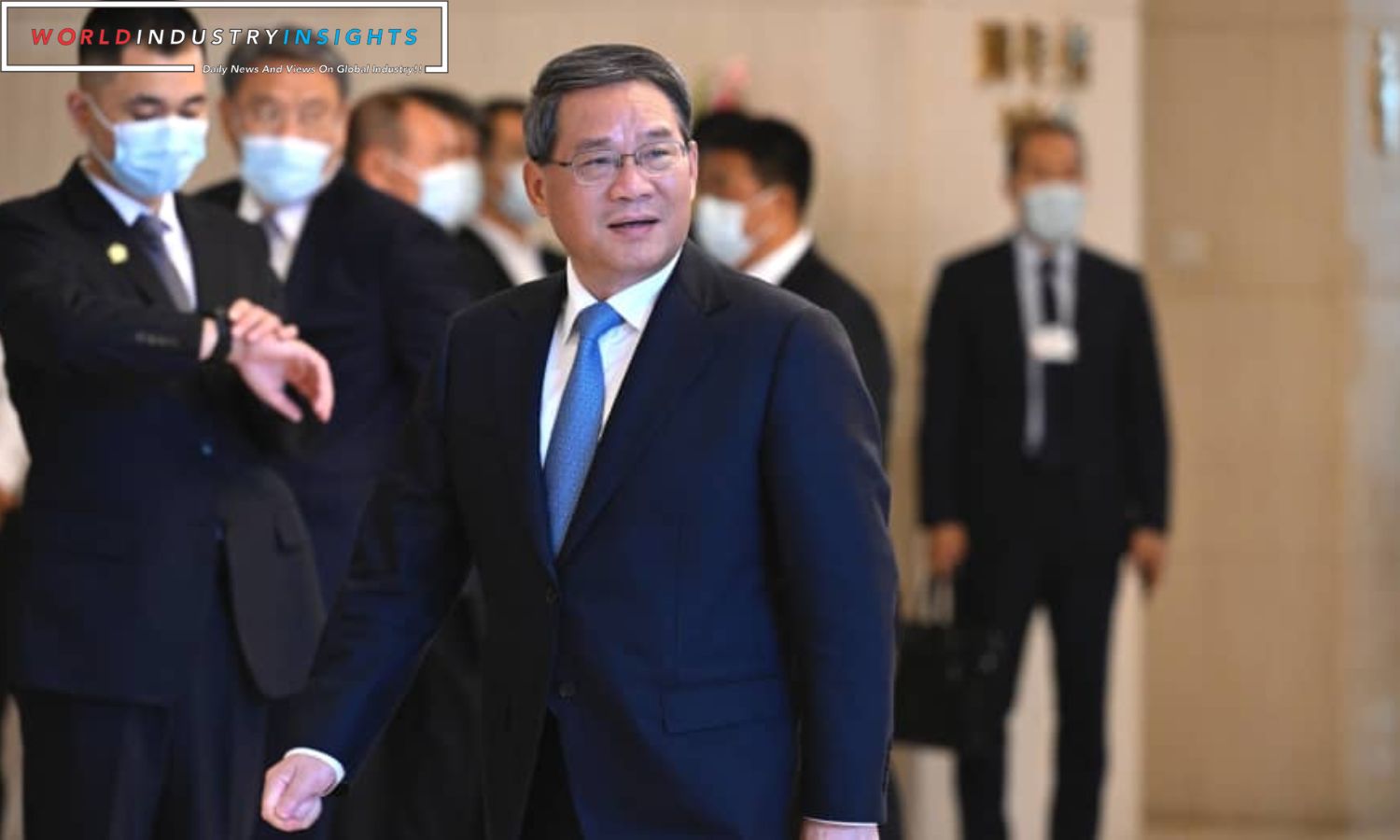China Economic Tapestry: In the intricate landscape of China’s economic strategy, advisers are set to propose growth targets ranging from 4.5% to 5.5% at the annual Central Economic Work Conference. The delicate balancing act involves considerations for job creation, long-term development goals, and navigating the impact of this year’s growth buoyed by the low-base effect of COVID-19 lockdowns. While five out of seven advisers favor a target of around 5%, some call for more aggressive fiscal stimulus to stimulate demand, emphasizing the need for expansionary policies in both fiscal and monetary realms.
Economist Yu Yongding advocates for a growth target of roughly 5%, emphasizing the necessity of expanding infrastructure investment. His call for a budget deficit exceeding 4% of economic output aligns with the view that corporate investment demand remains subdued. The consensus among advisers underscores the challenge of achieving the 2024 target, with one noting the need for stepped-up fiscal policy support to make the goal “achievable” amid the difficult economic landscape.
Also Read: China Economic Chess: Holding Rates Steady Amid Recovery Puzzles
China’s leaders, facing one of the weakest economic performances in decades with 2022 growth at 3%, are expected to endorse the growth target in December. The subsequent public announcement is anticipated during the annual parliamentary meeting in March 2024. In a shift toward fiscal support, China unveiled a plan to issue 1 trillion yuan ($139 billion) in sovereign bonds by year-end, raising the 2023 budget deficit target to 3.8% of GDP. This move suggests a willingness to use fiscal measures to bolster the economy.
While the government’s commitment to “optimize the structure of central and local government debt” signals room for increased spending, the emphasis on reforms remains a point of contention. The stuttering post-COVID recovery prompts calls for structural reforms to shift economic drivers from property and infrastructure towards household consumption. However, political dynamics make comprehensive market-oriented reforms unlikely, leading to a reliance on stimulus measures to sustain growth.
As China seeks to reconcile growth targets, fiscal policies, and the imperative for reform, the world watches to see if Beijing can navigate these complexities and propel the nation toward sustainable economic advancement.
Our Reader’s Queries
What is the central economic work conference?
Each year, China hosts the Central Economic Work Conference (CEWC), a crucial gathering that establishes the country’s economic priorities. The CEWC sets the tone for China’s financial and banking sectors, shaping the national agenda for the year ahead. This meeting is a significant event that has far-reaching implications for the Chinese economy and its future growth.
What happened in 1978 in China?
In 1978, the Chinese government initiated a significant economic reform program after years of state control over all productive assets. This move marked a significant shift in the country’s economic policies and paved the way for a more market-oriented approach.
What was the economy under Mao?
During Mao’s reign, the government implemented a “command economy” that dictated what businesses should produce, similar to the Soviet system. Unfortunately, this approach proved to be highly ineffective, resulting in state-run industries accumulating a significant amount of government debt.
Why did Deng Xiaoping reform China?
Deng echoed the teachings of his mentors, emphasizing the importance of acquiring knowledge and truth from the West to rescue China. He recognized the dire state of his nation and understood that modern education was crucial for its salvation.


